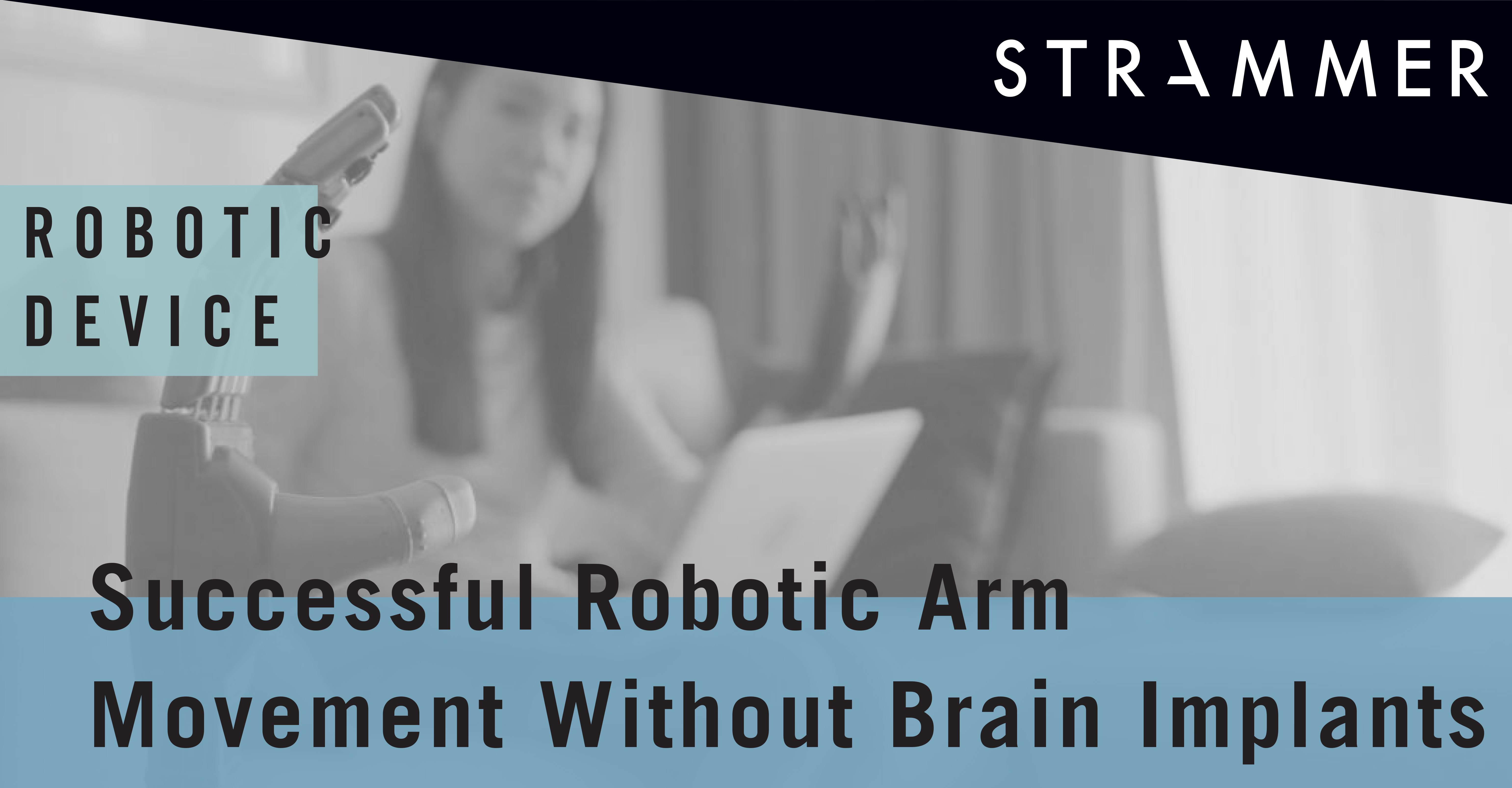Successful Robotic Arm Movement Without Brain Implants
A team of researchers from the Carnegie Mellon University and the University of Minnesota has collaborated to develop a new breakthrough in robotic device control. The researchers have created a mind-controlled robotic arm using a non-invasive brain-computer interface (BCI). This discovery is said to be the first of its kind.
Prior to such technology, brain implants were used for smooth and constant robotic control. The technology was based on a series of neural networks in the form of a sensory chip that would allow the robotic arm to move. However, the new BCI interface is based on a combination of sensing and machine learning techniques that can reach deep signals within the brain cavity without invasive implantation.
The BCI non-invasive device does have its challenges compared to its counterpart. The research team at Carnegie Mellon University had encountered cases of inaccurate data or weak signals with low resolution which makes robotic movement less precisely controlled and sluggish. Some may say that these results do not match the efficiency of the brain invasive methods. However, the BCI scientists have actively noted the issues and are keen on improving any faults as they are aware of what the device is truly capable of doing.
Department Head of Biomedical Engineering at Carnegie Mellon University, Bin He, explained:
« There have been major advances in mind controlled robotic devices using brain implants. It’s excellent science. But non-invasive is the ultimate goal. Advances in neural decoding and the practical utility of non-invasive robotic arm control will have major implications on the eventual development of non-invasive neurorobotics. »
In fact, the extra research made to correct the issues has enhanced the understanding of non-invasive neuroimaging technology for the team. So far, improvements in tracking a computer cursor, which was once jerky and discrete, has now improved by 500%.
The team is adamant is making BCI non-invasive technology a safe tool that will be of great assistance to patients who will be given a chance to go about their daily life freely. So, despite the technical challenges to overcome, moving robotic arms or prosthetics without brain implants will certainly serve as an economic benefit to all those involved. BCI technology will be the futuristic wave for technological assistance and be easily as accessible as other electronic aids, applications or devices.
References:
- New Mind-Controlled Robot Arm First to Work Without Brain Implant, June 2019, Futurism
- First-ever successful mind-controlled robotic arm without brain implants, June 2019, Science Daily
- First-ever noninvasive mind-controlled robotic arm, June 2019, CMU





